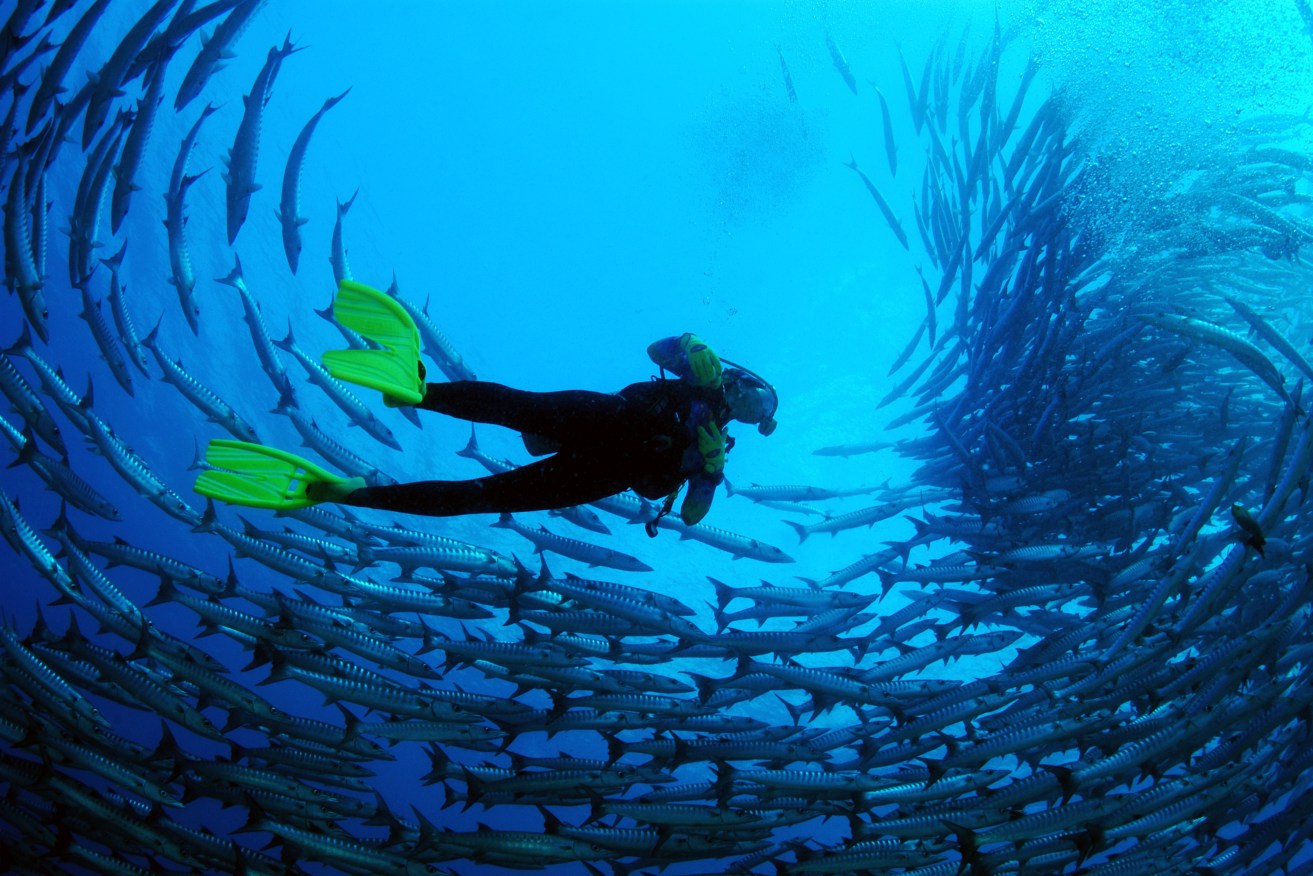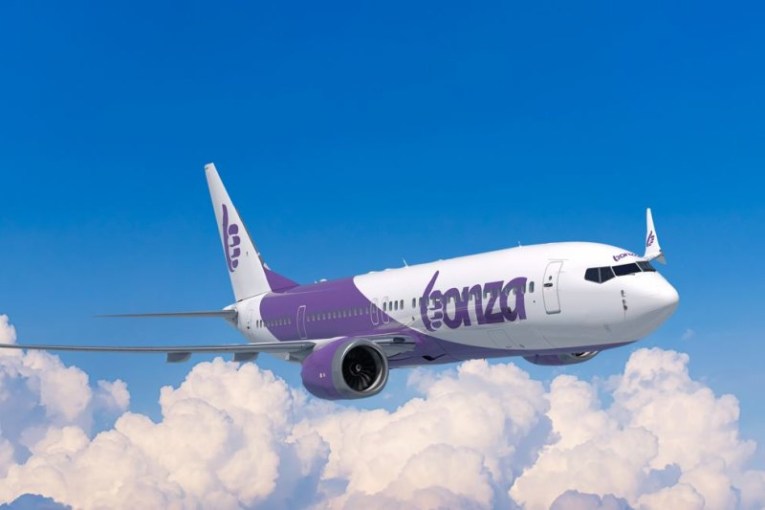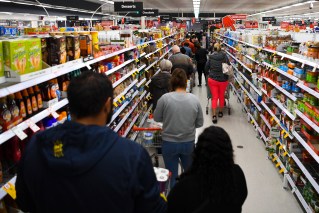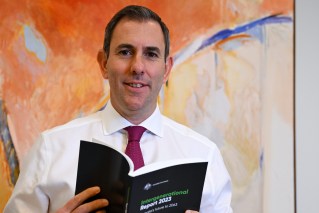Our seasons of discontent: The brutal toll our string of disasters have taken on tourism industry
First Covid, then the weather – Queensland’s pivotal tourism industry has staggered from one disaster to the next – with more to come, warns John McCarthy


Two elderly snorkellers have lost their lives while diving on the Great Barrier Reef in just two weeks. AAP Image/Lonely Planet Images, Tim Rock)
More than $1 billion was sunk into tourism to keep it alive during Covid. Since then, the state has kept ploughing money in as even more disasters hit critical areas, but now bigger issues are emerging for the sector.
After all the disasters the industry has faced and defeated, tourism is still in dire trouble and needs answers to the questions that have dogged it for years.
And significantly, there are big issues looming.
After cyclones Jasper and Kirrily created havoc in the north, losses have been mounting and now top more than $300 million in lost bookings. Forward bookings for March remain low and at one stage were as low as 20 per cent across the board.
In the south east, torrential rain meant that the theme parks, museums and wildlife sanctuaries lost their best trading days of the year.
The islands resorts remain a major issue with several still disused and abandoned. One of the successful islands, Hamilton, was put on the market recently and then removed when it failed to find a buyer with deep pockets.
Further south, the plans for Great Keppel’s development have become a long saga of on-again, off-again proposals.
Surveys done in places like the Gold Coast, show many residents tire of the impacts of tourism, which includes high property and food prices and crowds.
In areas near Brisbane, the accommodation usually used by seasonal and itinerant workers that the sector relies on has been taken by people who can no longer afford the housing in the city.
In the Whitsundays, the housing issue became so acute some operators were forced to lease properties for staff, but then couldn’t find the workers to fill them.
While the industry keeps picking itself off the floor, the question it has to ask itself is whether the public will be willing to shell out money to keep it going. At the moment the industry holds a lot of public goodwill, but the industry has serious issues it has to address to keep that goodwill.
On top of the $1 billion the Government threw at the industry to keep it alive during Covid, millions in grants and incentives were made available to the sector following cyclones and floods. A $200 million airline incentive program was also unleashed by airports and the Government to lure more capacity.
Another $50 million was recently used as stimulus for the Gold Coast while $10 million went to help the sector in north Queensland following Cyclone Jasper.
Another $125 million is spent each year on Tourism and Events Queensland, the government owned corporation which attracts the big events and conducts campaigns and trade missions.
In return, TEQ claims there was about $770 million in spending generated from its activities so it seems a good investment.
The sector itself produced overnight visitor expenditure in Queensland of a record $32.9 billion in the year ended March 2023 and employs about 137,000 people, and about half are outside Brisbane which underlines its huge importance in the regions.
But before Covid, the Queensland sector was losing market share to Victoria and it continues to have significant structural problems that never seem to be addressed.
And according to a report from the University of Queensland, tourism operators are burnt out and exhausted and many of the workers lost during Covid had refused to return, often because of poor pay and career limits.
It’s well known that parents dissuade their children from entering the industry because it lacks a strong career path.
The report found that despite the end of Covid restrictions, resilience levels in 2023 actually fell from the previous year. That was attributed to the burn out.
UQ spent three years studying the sector’s resilience and its report found that job security and financial hardship were the biggest impacts on workforce and operators.
One participant summed up the issue of regular crises for the industry: “Even though you think you’re doing really well, we’re going to fall off a cliff, so we need to prepare the government (by regular reporting) for that.”
And being resilient was no longer enough. The report recommends “pre-silience’’. In other words, get ready for anything.
Report author Associate Professor Richard Robinson said Covid created a lot of talk about doom and gloom and the end of tourism, but tourism had an extremely resilient demand and supply cycle.
“The overarching objective of our research was to cultivate an attitude in the industry of being prepared and proactively planning to navigate and withstand future adversities – it’s called ‘presilience’,” he said.
“Resilience and anxiety indicators suggest operator exhaustion,’’ the UQ report said.
“There are not enough trained or skilled staff meaning operators are employing staff that they would not have considered prior to the pandemic.’’
Because of that, employers have had to spend more time getting new workers up to speed or spending more to retain experienced staff.
There are big issues looming for the sector. The economy is weakening, overseas travel is drawing more Australians away from domestic markets, China is yet to make any meaningful return and there is a threat that climate change may force a rethink by consumers about long-haul flights to Australia.
This is such a key area for Queensland. It can’t be allowed to wither.












